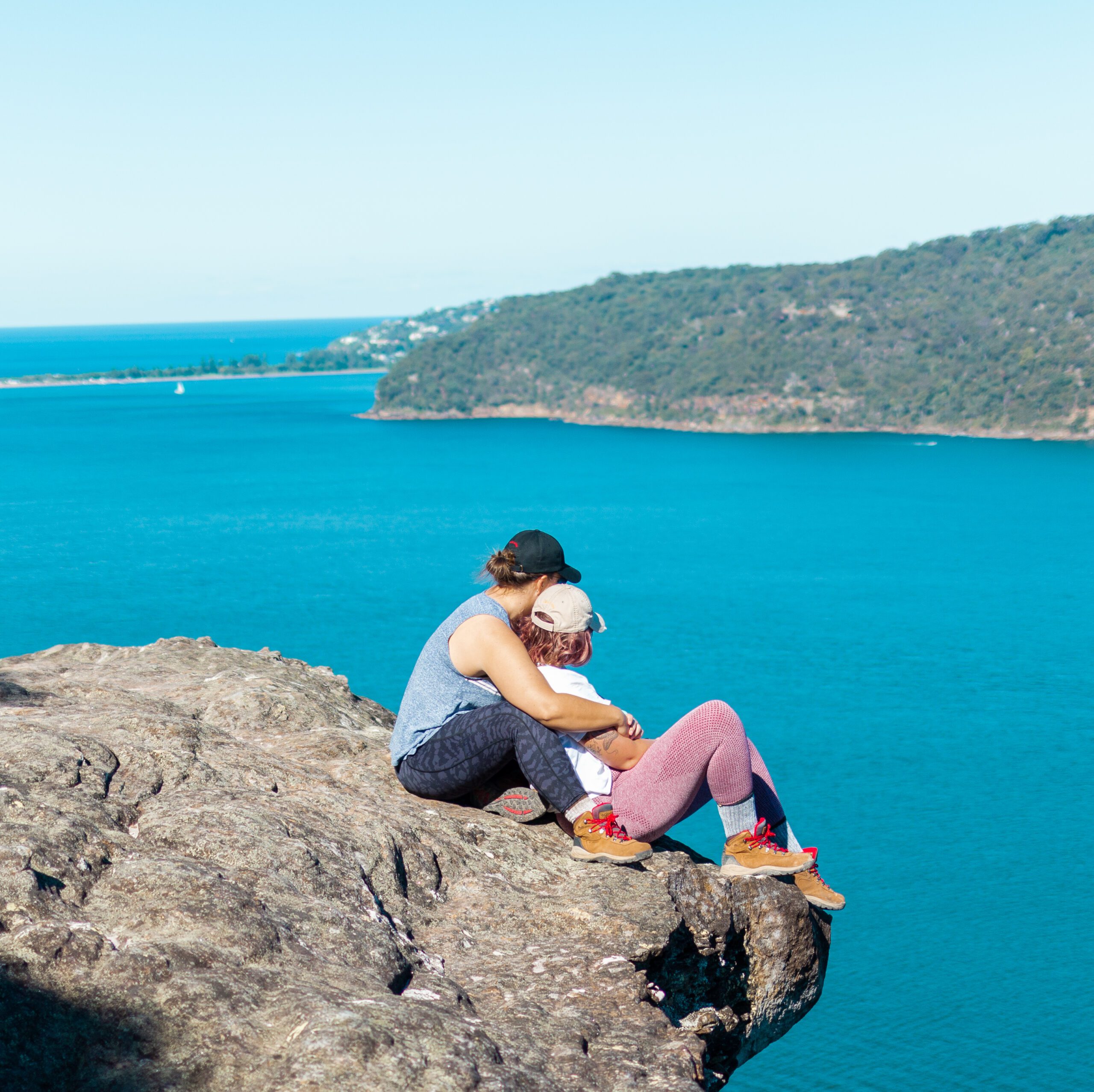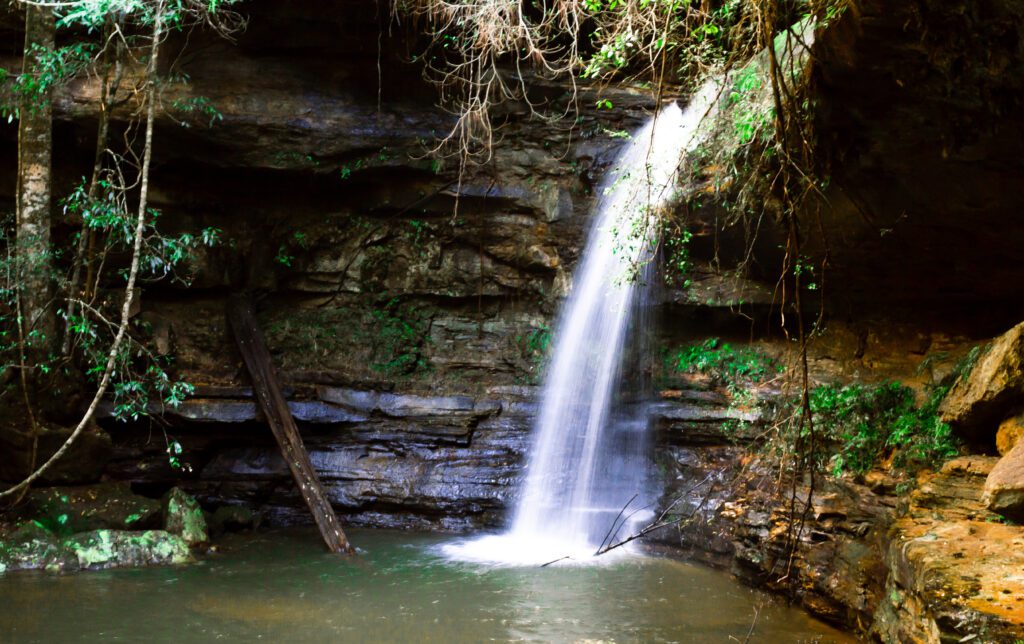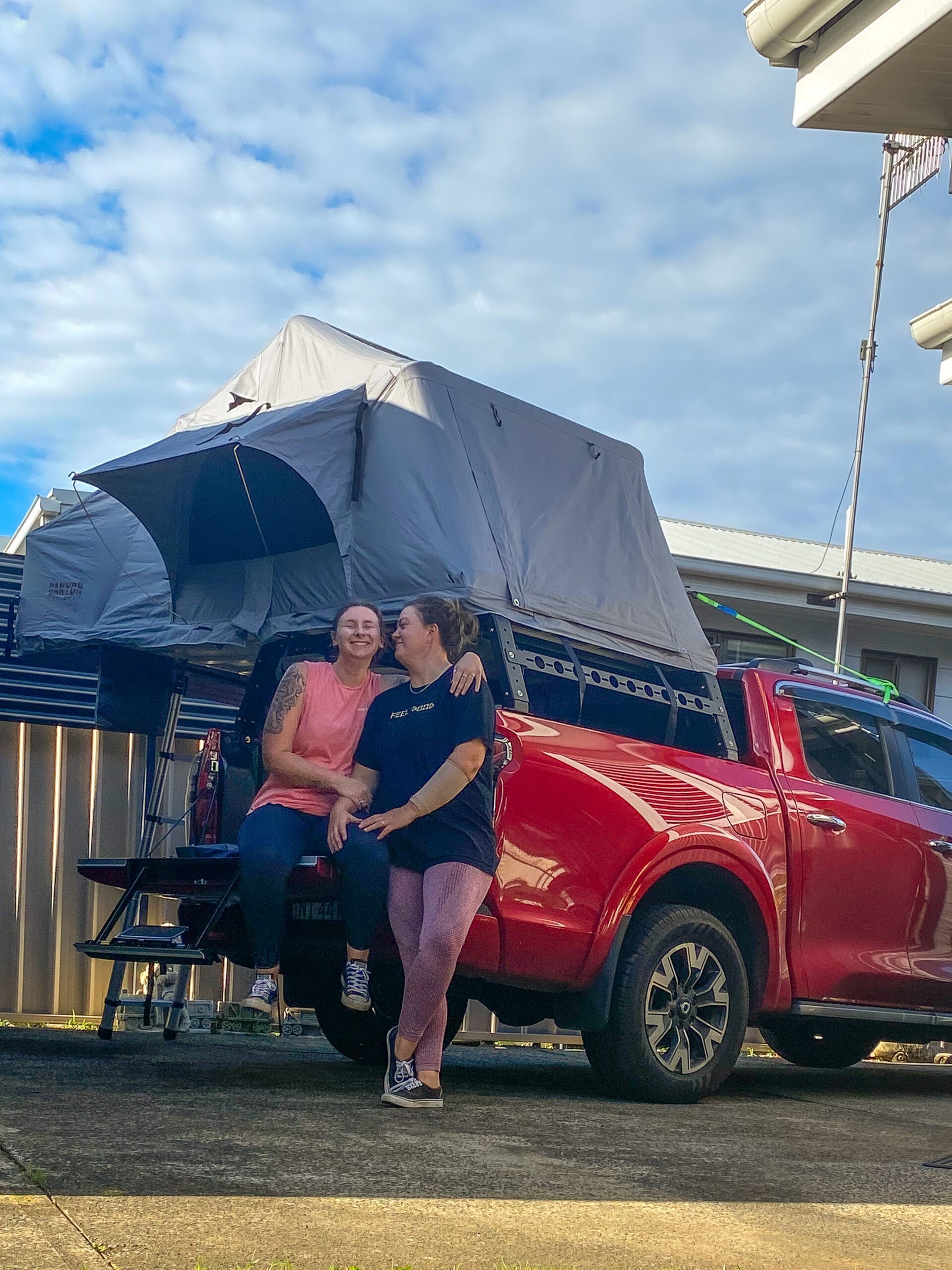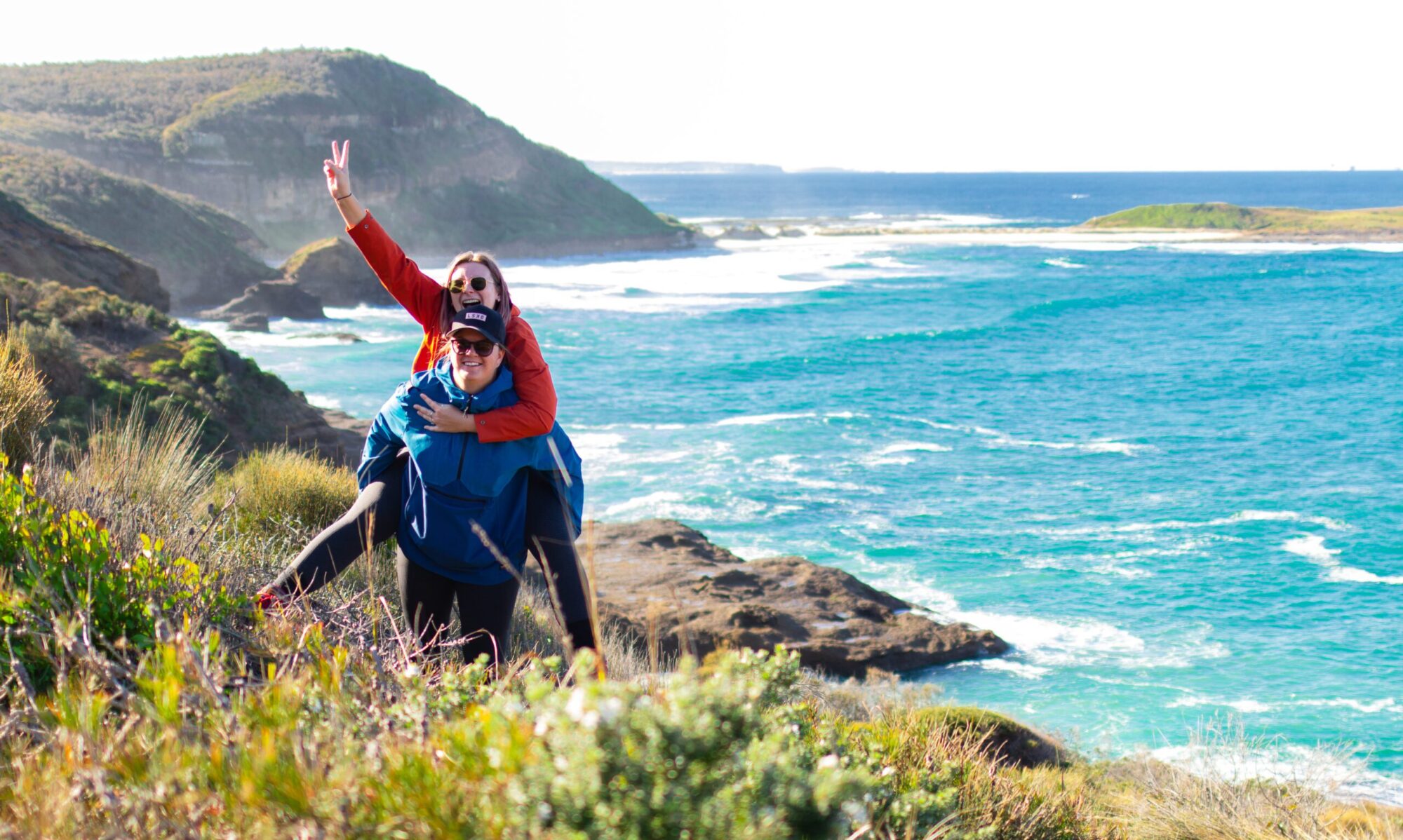Something we want to talk about is how to travel safely as an LGBTQIA couple. Since we have started this blog we have been humbled by the support we have received. And whilst this blog is normally conversational, this one is going to be a little more personal. Because this topic affects our everyday life. And as tough as it seems, how we travel. We live in Australia, and whilst overall it is a relatively progressive country and an LGBTQIA safe country. We still need to second-guess how we behave and where we travel. LGBTQIA travel safety is a serious concern within the community, as discrimination and safety concerns are still rampant around the world.
As a lesbian couple, our choice of travel is dictated by the social norms of where we are going. We can’t visit certain countries and the first thing we do when we talk about travelling is jump onto smart traveller to see if it is even an option. In this article though, we are going to be talking about travelling in Australia. And how we stay safe while hiking and camping in remote areas, whilst also providing a LGBT travel safety guide.

Safety first
When we first started hiking seriously and looked into buying equipment, one of the first things we discussed was personal safety. Our first form of this was in the form of a Multi-tool. This compact tool contains a knife, screwdriver, bottle opener, pliers and heaps more. We took this on all of our hikes as a just-in-case situation. Since then we have upgraded our personal safety tools and now carry a larger knife in our pack at all times. Whilst we hope we never need to use this, having this on us provides us with a sense of safety and we know it’s there in case the worst-case scenario happens.
The main reason we upgraded our knife wasn’t due to us being members of the LGBTQIA community. It was because we are two women, and are often seen as being an easy target.

Planning
A lot of planning goes into our travels. Probably more than a regular heterosexual couple. We research the places we are travelling to see whether the rural towns we are travelling to hold conservative views and how LGBTQIA couples are perceived. If we are unsure, we generally avoid any forms of PDA in small towns.
On top of this planning, we plan our trip and have an itinerary that we share with friends and family. These itineraries include where we’ll have reception, where we are staying, what we are doing and when and any numbers which might be relevant. Basically, our trip isn’t private. By giving our friends and family these itineraries we have more of a sense of security while travelling and our friends and family have the peace of mind of knowing when we are in areas of reception and when we should be able to be reached on the phone.

Off the grid
One thing we do to stay safe when hiking and camping as two women in a lesbian relationship is making the active decision to not share our location online. This is a good rule of thumb for anyone travelling, but esp those travelling in the LGBTQIA community. By not sharing our location online we are not actively saying ‘We are gay, we are women and here we are’.
As much as we’d like to think differently, some people could use us sharing our geolocation or campsite location for their own agenda, which is why we actively choose to not share this until we have left. We also do not share our itinerary or plans with anyone we do not personally know for this reason.
Trip Intention Forms
When travelling in NSW National Parks we will also also fill out a trip intention form. This form includes all the known details of your trip and can be used by national parks staff or the NSW police in the case of an emergency. Much like sharing our itinerary with a friend we are now essentially sharing it with protective bodies, so if we were reported missing, the authorities will have the best information in attempting to find us.
PLB
One more thing that NSW National Parks offer is free personal location beacons (PLB). You can rent these from select national park visitor centres and police stations. You can check the locations here.
We rent these when hiking, for many reasons, but mostly for safety. In the event of an emergency, these beacons connect via satellite to emergency services and share your location. This is essential when hiking and camping in remote locations where reception may not be available.
These are only to be used in emergencies but could be life-saving.
You can also buy a PLB for a pretty reasonable price. Read more about Personal Locator Beacons here.
We hope that you have found some help in travelling as a member of the LGBT community in Australia. Although this is all anecdotal, learning how to stay safe while camping and hiking in Australia is essential. Most safe countries for LGBT travel will still unfortunately have areas and people who hold risks to members of the community and we need to make active decisions for our own safety every day.
Looking for a change? See why hiking is great for your mental health!
